|
Play dough, is universally loved and provides amazing sensory feedback for children, as well as providing endless playful learning opportunities.
But if like us, you don't really like the idea of children playing with a synthetic dough (particularly if they are prone to tasting), nor do you fancy forking out for endless pots of commercial dough, you'll love this quick, fuss-free play dough recipe that we use. 1 cup plain flour 1/4 cup table salt 1 TBSP cream of tartar 1 TBSP of vegetable oil (melted coconut oil works too) 1/4 cup of boiling water Food colouring* Put all of your dry ingredients in a large bowl, add the oil. Depending on what type of colouring you are using, you might want to add it now, or you can dissolve the colour in a little bit of the boiling water. Next slowly add the boiling water, mixing as you go, until to get to the desired consistency. Remember as it's a warm dough it will be a little bit more sticky initially, but this will change quickly as the dough cools. Knead the dough for a few minutes on a cool surface before adding extra flour or you could end up with a dry, crumbly dough. If you do need to add any extra flour, lightly sprinkle some into the bowl or on the surface you are working on. Then work the dough over the flour, incorporating it in slowly. Store your dough in the fridge, in an air tight container. The dough should last approximately 3-4wks. *We use often use KoolAid sachets, which give the dough the most amazing smell & great colours too. But we also use plain liquid or gel food colours, which you can find in all large supermarkets. You might just need to adjust the water:flour balance depending on what colouring you chose to use. We get our KoolAid sachets on Amazon, we've linked some in our favourites list. Don't be temped by the large tubs, they continue sugar which makes for a very sticky mess & an unusable dough.
2 Comments
As we reach the end of another lockdown week at home who's up for fun garden scavenger hunt to carry on our week of playful learning about "who lives in the garden".
Scavenger hunts are lovely little activities to do, especially with this glorious weather we're enjoying. To carry on with this week's theme, we have created a downloadable spotters checklist for you to print off (https://bit.ly/2YGFafb), grab a little magnifying glass or toy binoculars if you have them and send your little ones off to explore in the garden. It's a great way to encourage children to observe living things, teach them to be patient (it's not always easy!) develop their language and social skills. Great for asking lots of questions...is it furry, slimy, how many legs can you see....does it jump, run or fly? So we have some interesting facts about what you might find in your garden... DID YOU KNOW: Bees have 5 eyes and 6 legs🐝 A worm has no eyes, legs or arms Spiders have 8 legs whilst insects have 6🕷 Ladybirds are a type of beetle🐞 Butterflies attach their eggs on leaves with special glue 🦋 Blackbirds eat insects, grain and fruit 🐦 Squirrels eat mostly nuts, fruits and seeds🐿 Robin's eggs are a light blue colour 🥚 These scavenger hunts are always a huge hit in our house as the children are always amazed at what lives in their garden. Happy hunting 🐛 So how is everyone holding up? This week would have been the first week of our Summer Term. Sadly we have not able to reopen, so instead we have pulled together a few play based learning activities for you and your little ones, to keep them busy and stimulated whilst while we juggle with challenges of lockdown. HIDDEN SHAPES/COLOUR GAMESThese games provide great multi sensory learning opportunities that keep little ones amused, while encouraging speech & understanding as well as honing fine motor skills. Little ones love the excitement of discovering the hidden surprises. This is a great for supporting speech & understanding, for example 'What colour did you find? Can you find the blue dot? To create this game you will need: Transparent serving/oven dish Piece of card A marker pen Rainbow rice* A paint brush Make your rainbow rice in advance so that it is completely dry before use. Mark out your shapes (letters or colour dots) on the sheet of card, and then line your dish/tray with the card. Cover the card with the rainbow rice and demonstrate how to uncover the hidden surprises with a paintbrush. Let you little ones carry on the game, prompting them with phrases like “What colour have you found now?” to encourage them to share their discoveries with you. With a tiny bit of prep this is a great game to have on hand to pull out quickly. You can also reuse the rice for other sensory play games when you’re finished – the sound of transferring rice from different containers can keep children entertained for some time. *(To make rainbow rice head over to www.littlebinsforlittlehands.com/dye-rice-sensory-play-colored-rice/) SCISSOR SKILLS Scissors can be tricky things for little hands to master and paper or card are not always the most cooperative learning materials as they wobble and bend. Play dough is a much more forgiving material and can allow children to understand how to control the force they use as well as the fine motor coordination. All you need is some soft play dough, rolled into some wriggly worms or snakes and a pair of child safe scissors. Our children love using our Baker Ross child safe scissors*, as they are perfectly designed for little hands, but please remember that adult supervision is always needed for scissor skills activities. This game will keep little ones entertained for ages and is great for building concentration and hand/eye co-ordination. * (https://www.bakerross.co.uk/spring-loaded-scissors) PRE-WRITING SHAPESThis is a lovely, simple Montessori pre writing activity that helps children develop and learn shape structure in a multi sensory way. We shared a piece on this earlier in the week on the 9 pre writing shapes that form the foundation of future letter formation, but for this activity we are just focusing on the first four shapes. Don’t be concerned if your little ones struggle with some or all of these initially as these are milestone targets for 2-3.5 years. To create this game you need: a tray sand/ flour/salt paintbrush (or fingers are fine as well – just make sure they’re not tasting) This is a great (& calming) way to introduce children to pencil control and helps develop those all-important fine motor skills. LETTER RECOGNITION GAMES Its never too early to start introducing letters to children and what better way than this simple, creative activity. Children have great fun placing beads or rice in the cut out cardboard letters. Perhaps introduce them to the letters in their name and the sounds the letters make (phonics) To create this game you need: cardboard craft knife pens rice/beans SHAPE RECOGNITION Shape hunts are perfect for getting the whole family involved and are bound to keep the little people amused for ages (in certainly did in our house!) Just download our templates (https://bit.ly/3bEuRfa) and away you go. A shape hunt is great for encouraging vocabulary, understanding and shape recognition. Have fun and happy shape hunting LAVA LAMP EXPERIMENTThis is a great science experiment to do whilst at home and the children LOVE watching the 'magic' happen. Check out the demo we did in our Instagram highlights! You will need: Large waterproof cylinder or vase Water (to fill almost to the top of your cylinder) Water beads (we have some on our Amazon list: http://amzn.eu/edWLwqz) Alka-seltzer tablets Firstly ‘grow’ your water beads overnight (Depending on the beads 4-8 hours should do it) Then add the water beads to the empty cylinder and fill with water almost to the top. The exciting bit is to drop two alka-seltzer tablets in and wait for the dancing beads to happen. This is a wonderfully calming and mesmerising experiment, which is great for creating some calm in amongst the craziness. We hope you enjoy it as much as we did! An little top tip: you might want to have a few back up alka-seltzer tablets in stock as you will definitely be asked to do this experiment more than once! LEARNING GAMES Who doesn't love an orchard toy game and one of our favourites at Little Starlings is the shopping list game (Find it on our Amazon list: http://amzn.eu/edWLwqz)
This is such a sweet little game that encourages speech & language, patience (for parents & children) and turn taking. A great game for all the family and always a winner at our house. We hope you enjoyed the blog and that it finds you all well. Stay safe and please don't forget to share your photos with us x Who else has a pile of delivery boxes building up? We certainly do, so this week we thought we'd see how all those boxes could be put to good use with a few creative play ideas. Here are 7 things, 1 a day, that you can create with your stockpile of cardboard delivery boxes. Create your very own little monster pet like these cuties from @cardboardfolk Then practice some motor control skills by feeding your monster all sort of different size and shaped treats by posting toys into their hungry mouth. Zoom, zoom, zoom into space in your very own rocket! Rockets are great fun to build and they can be as simple or elaborate as you like. Just gather up your largest boxes to make the rectangular body of the rocket. Cut out 1 or 2 circular windows. Then make a pointed cone for the top of the rocket - cover in tin foil if you're wanting to go super authentic. Draw in some control switches on the inside and get ready to blast off! Or how about sailing "in and out of weeks, through a night and day to where the wild things are" in a little cardboard box sailing boat, complete with paper sail! If you're feeling particularly creative, why not build a little dolls house or a doll's room like this amazing one from @cardboardfolk or perhaps a bug hotel for the garden like this one from @recycleandplay If you're tired of your old puzzles, why not make some new ones in your favourite shapes, like these little hearts from @get.creative.with and bunnies from @littlebuttondiaries Thinking about preschool home schooling ideas as we head back to 'home' school next week, why not build those gross motor skills, with a simple circus style throwing game like this one from @zara_play_tribe Or help little ones work on their letter recognition, with a multi sensory approach, by filling cardboard letter shapes with textures like rice, beans or sand.
Alternatively get your little ones to paint through pre writing shapes so they can start to get a feel for how letters are formed. For preschoolers the pre-writing shape targets are: vertical line (|) 2 years, horizontal line (-) 2.5 years, circle (o) 3 years and a cross (+) by 3.5yrs. A quick COVID safety note, current research has found that the virus can live on cardboard for up to 24 hours, so to be on the safe side, leave any boxes aside for this period before getting creative. https://www.theguardian.com/us-news/2020/apr/04/how-long-does-coronavirus-live-on-different-surfaces Happy creating and don't forget to share your creations with us xx Hurray, we’ve made it through week 2 of lock down, but cabin fever is really starting to set in, isn’t it. If your little energizer bunnies need some contained energy burning activities, we’ve got a few ideas that might help. Obstacle courses, of any form, provide an amazing wealth of skill & strength development opportunities, as well as releasing pent up energy in a controlled way. Here are 5 great benefits that come from doing obstacle courses:
BACK GARDEN OBSTACLE COURSEIf you have a bit of space & a few props, a back garden obstacle course is a great way to encourage kids, of all ages, to get off the sofa & get some fresh air! And if you can get them involved in creating the course their creativity can go wild & they’ll be much more likely to spend more time on this activity. You can make the course as complex or as simple as you like. A few simple strips of masking & a sequence of star jumps, sprints and balancing is all you need. But if you do have some other props to add into the course to create high & low levels as well as using difference muscle groups – such crawling vs sprinting – the greater the benefits. Here are some ideas of things you could use to create an outdoor obstacle course: Masking tape (your new best friend!) ELC Egg & spoon race set Pop up tunnels & tents Hoops Cones Jumping sacks Printable foot & handprints Bouncers Beanie bags For more inspiration why not checkout these links: https://playtivities.com/obstacle-courses-for-kids/ https://theinspiredtreehouse.com/creative-obstacle-course-ideas-kids/ Also check out our local @chalkboard.biz for props you could add to your course. THE FLOOR IS LAVA! INDOOR OBSTACLEImagine the floor is a bubble sea of lava & there is only one safe path through. You can create a 'safe' course out of anything you have to hand, but it works best if you have a range of high and low points, also if you can incorporate different textures it makes it more fun & varied. Printable hand & footprints are also great for creating 'safe' stepping-stones or to incorporate 'Animal walks' (see below) into your course. The floor is lava is a great (but slow paced) energy burner that can keep kids occupied for ages! Not to mention building gross motor skills, core strength, cognitive planning & sequencing, as well as team work if they are doing the course with a sibling! Just remember, whatever you do, DON'T TOUCH THE FLOOR! Here are some ideas of things you could use to create your own course: Yoga mats Cushions Beanbags Foam squares Step stools & chairs Printable foot & handprints Gonge River Stones (https://www.amazon.co.uk/Gonge-1137385-River-Stones/dp/B000ANIVRG) CHALK COURSEA pavement chalk course is super quick and easy to set up & there's no mess to clear up either, as good dose of rain or the street sweeper will do that for you. Also by creating your course on the pavement outside, means your neighbours & passers by can enjoy it too (one at a time & at a safe distance). It’s really nice for the kids to see friends, from their windows, enjoying the course too. A chalk course can be adapted to any age group, but a good mix of running, jumping, hopping & balancing always work well. Also a variety of fast & slow pace is great for energy burning & motor control. For other chalk games, check out this: https://www.connectionsacademy.com/support/resources/article/fill-a-summer-of-fun-with-sidewalk-chalk-activities This is a really fun & creative way to burn some energy in a small space with no additional props, regardless of the weather. Kids love pretending to act like their favourite animals and it’s a brilliant way to develop gross motor skills and core strength, as well as turn taking skills. They can also be a great addition to an obstacle course as they can provide a greater range of movement & muscle use. These exercises also have a calming effect as the animal walks help kids receive deep pressure to their joints and limbs, which help strengthen their sense of balance, and develop body awareness. To set up your game, you can either make a picture spinner like the one’ Tools to Grow OT’ have used (above) & take turns spinning to see what animal you land on. Alternatively you can print out pictures of your chosen animals & turn one over at a time & do the corresponding animal walk. For more Animal Walk inspiration take a look at this article from Pathways: https://pathways.org/help-your-childs-gross-motor-skills-with-these-animal-walks/ YOGA FOR KIDSIf you need something instant, Cosmic kids yoga (on YouTube) is great with loads of theme routines - everything from the Hungry Caterpillar to Disney movies, there's even a series of Star Wars routines! Alternatively, if you're looking to reduce screen time there are some great printable kids flow cards. We love the Garden & Spring sequences (above) from Childhood 101 & Kids Yoga Stories. https://www.kidsyogastories.com/yoga-for-spring https://childhood101.com/yoga-for-kids-a-walk-through-the-garden COSMIC KIDS: https://www.youtube.com/user/CosmicKidsYoga AFTERNOON DISCOParticularly great on grey, rainy days, when it’s a bit darker in the afternoon. Put together a little playlist of your little ones favourite tunes or use one of the readymade play lists on Amazon Music (everything from nursery favourites to Disney theme tunes).
If you have a little plug in disco light even better! (We have one included on our Amazon ideas list: http://amzn.eu/edWLwqz ) Also bubbles are always a welcome edition! Head to the darkest room in your home, switch of all the lights & dance like no one is watching! Both brilliant for burning energy as well as lifting the mood – its very hard to feel down or frustrated when your dancing your heart out to a Disney classic! Enjoy x |
AuthorOur Blog Archives
July 2020
Categories
All
|
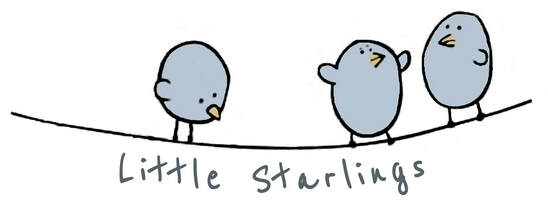



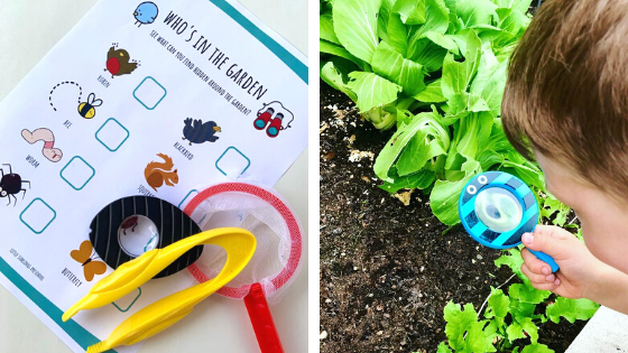
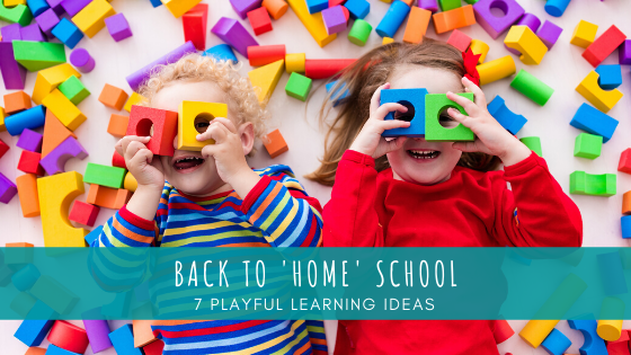
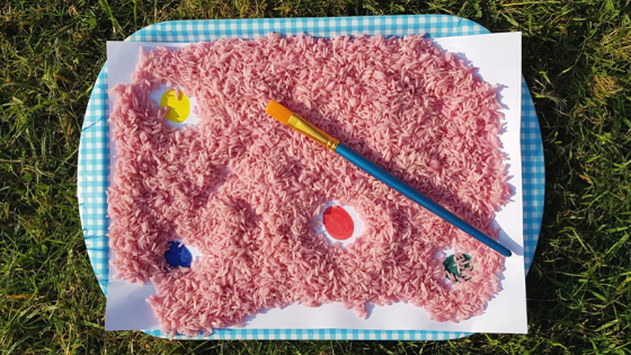
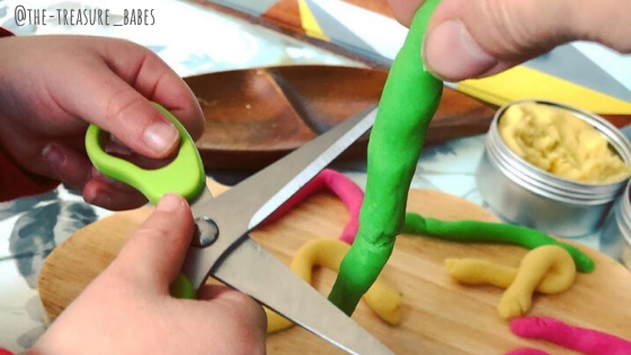
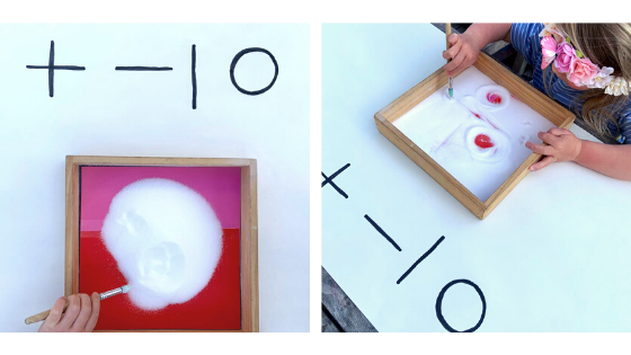
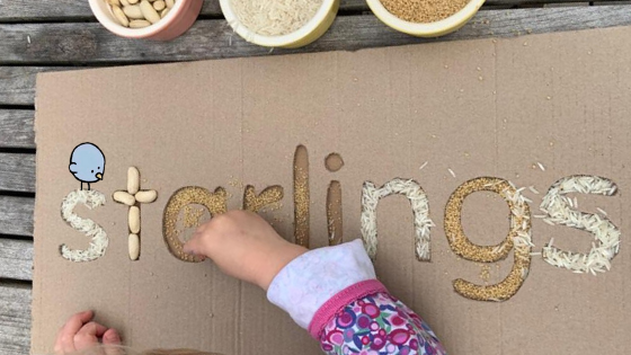
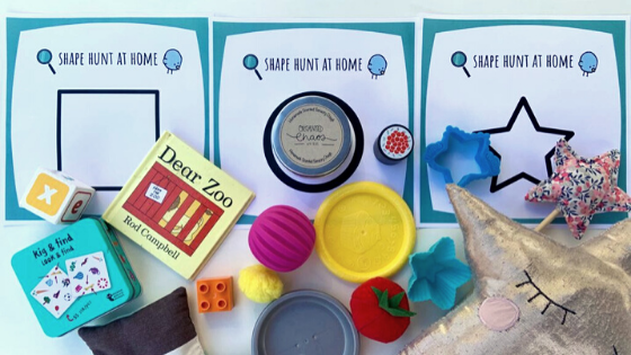
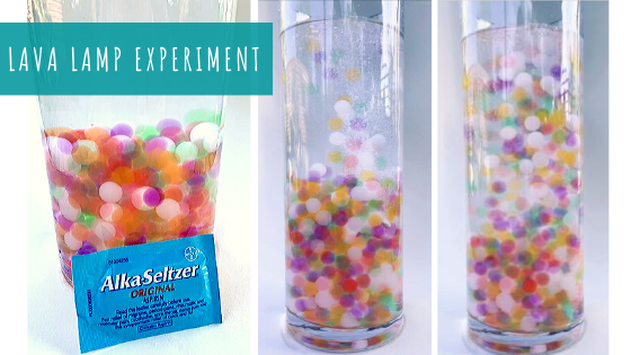
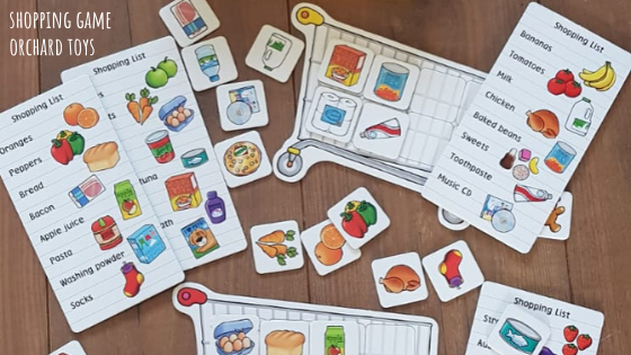
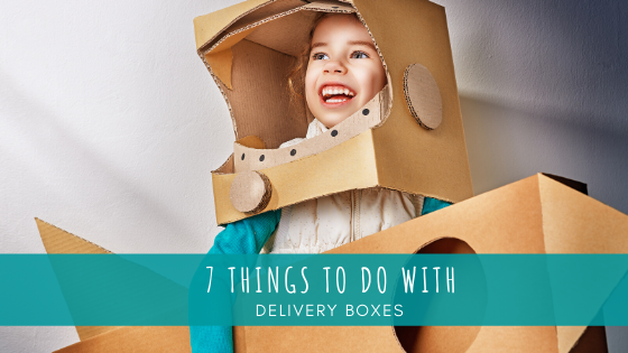
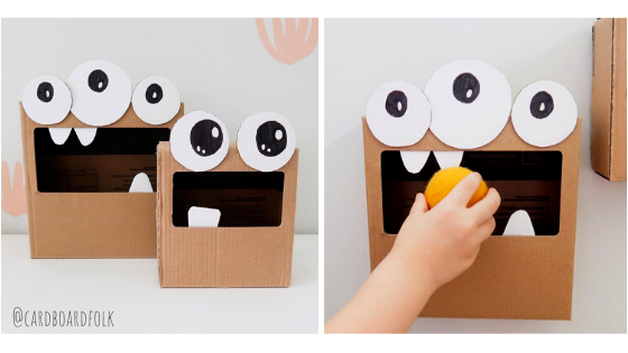
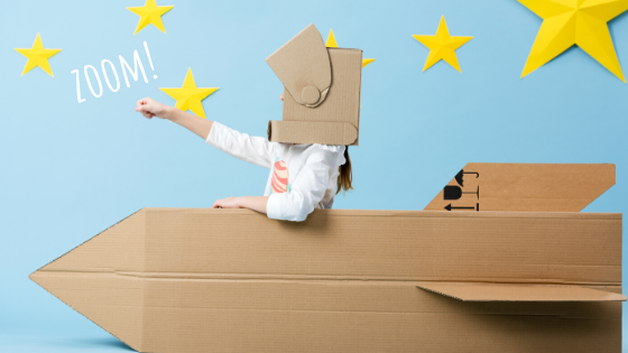
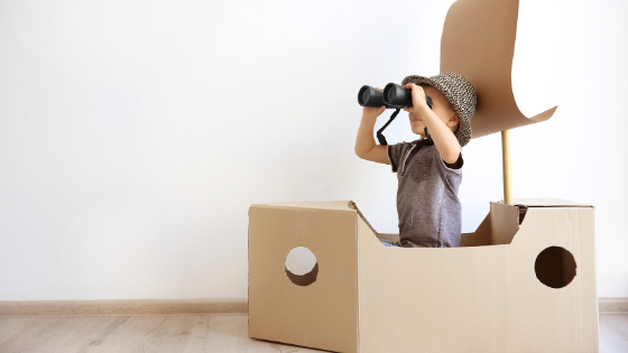
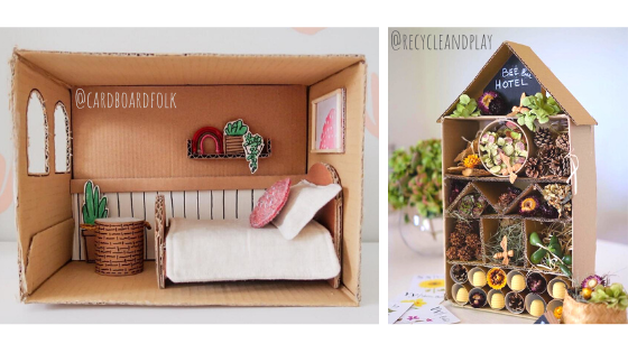
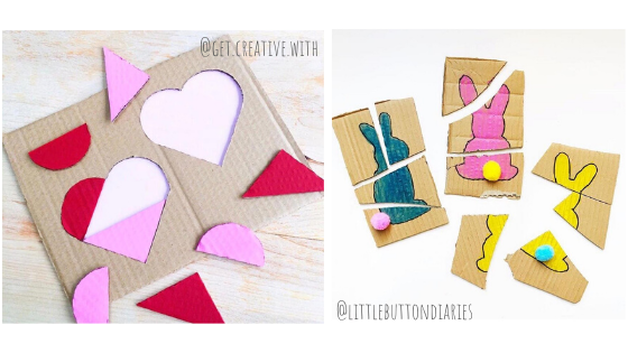
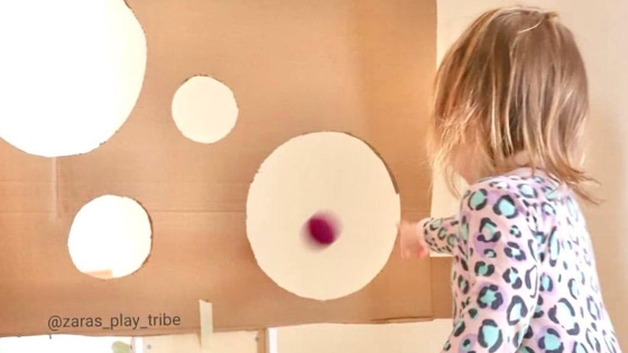
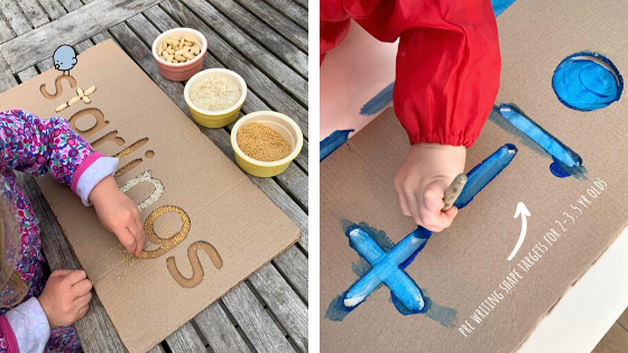
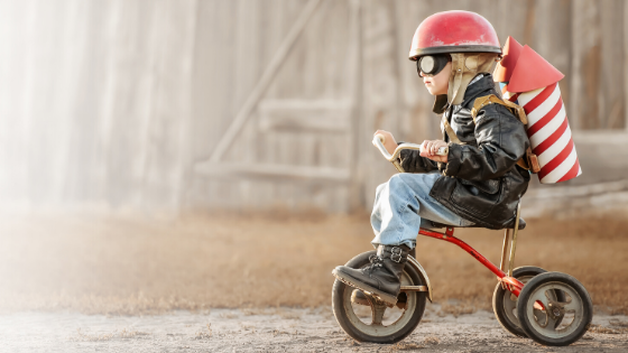
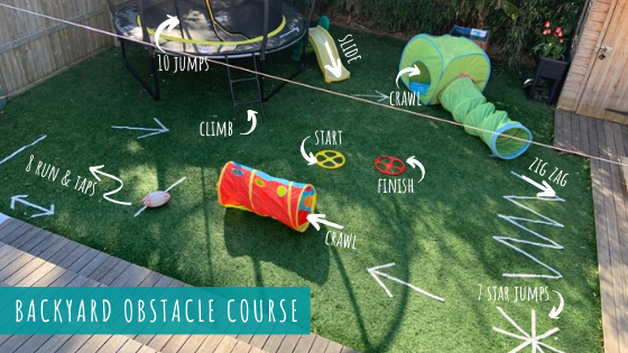
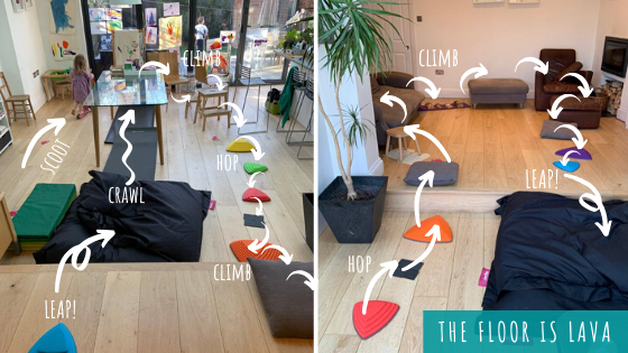
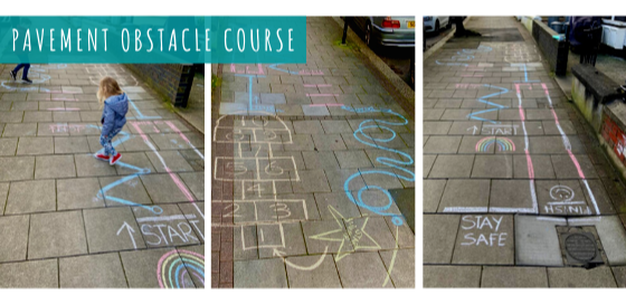

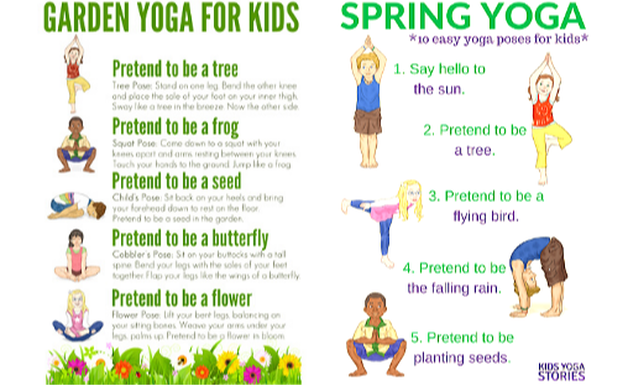

 RSS Feed
RSS Feed